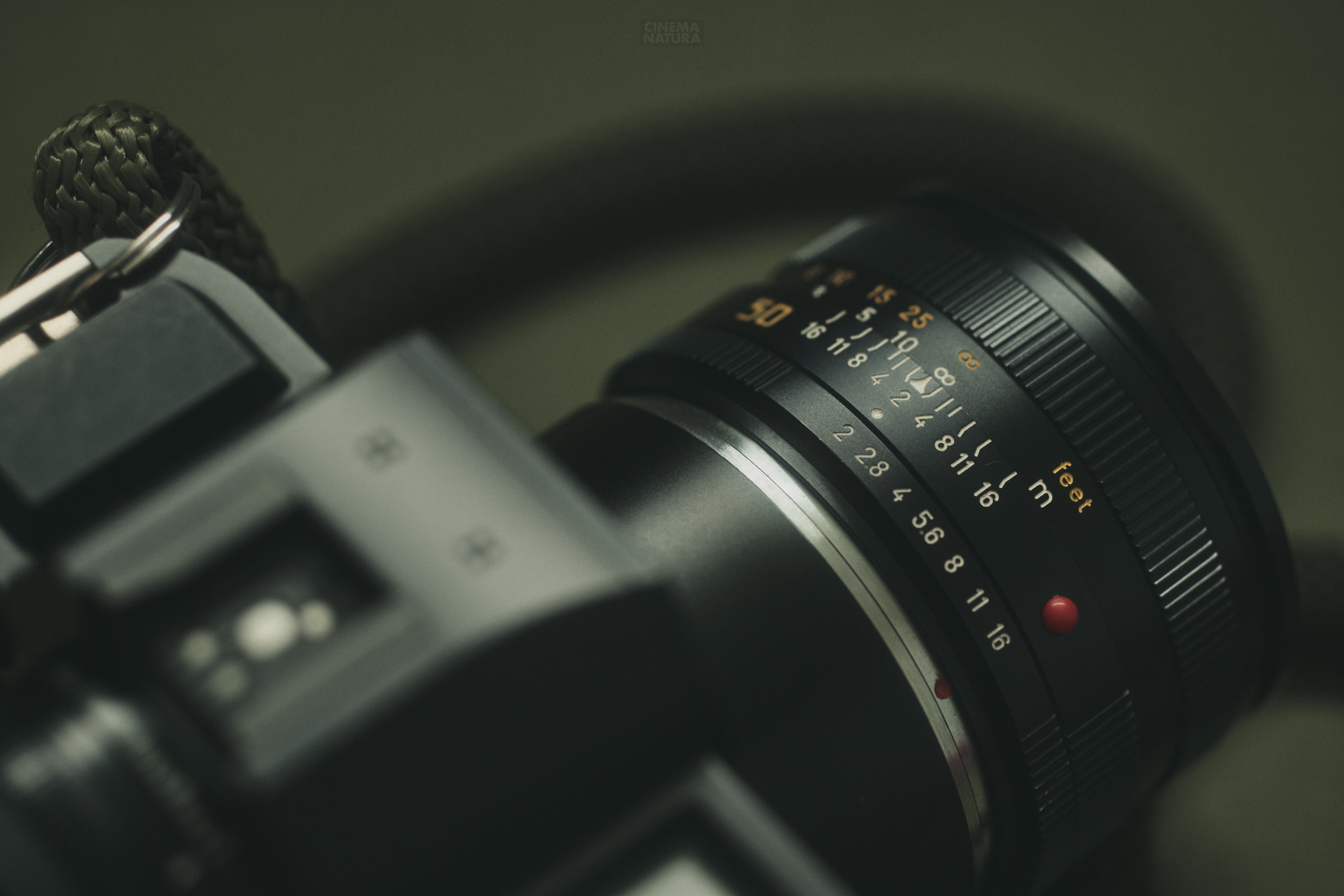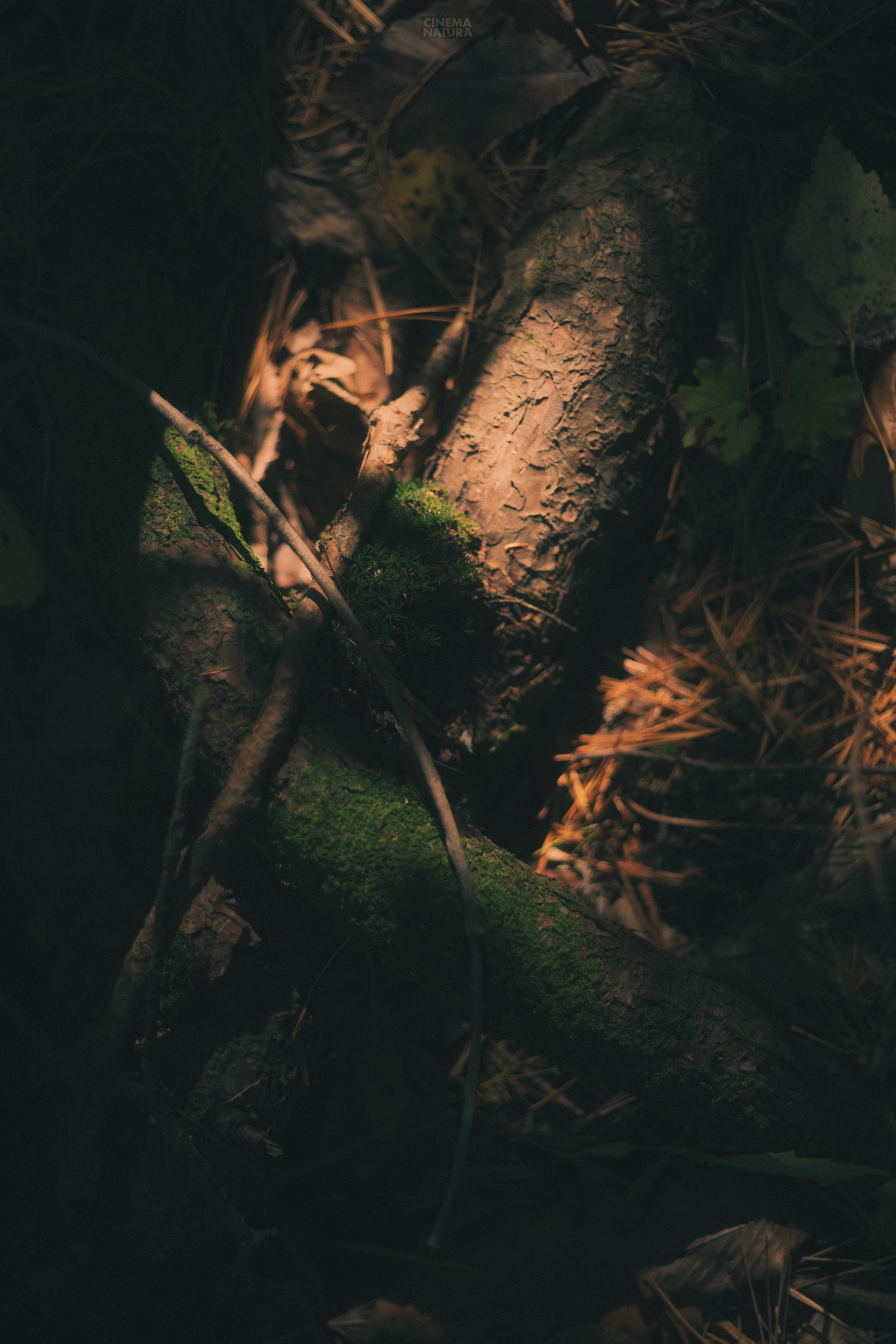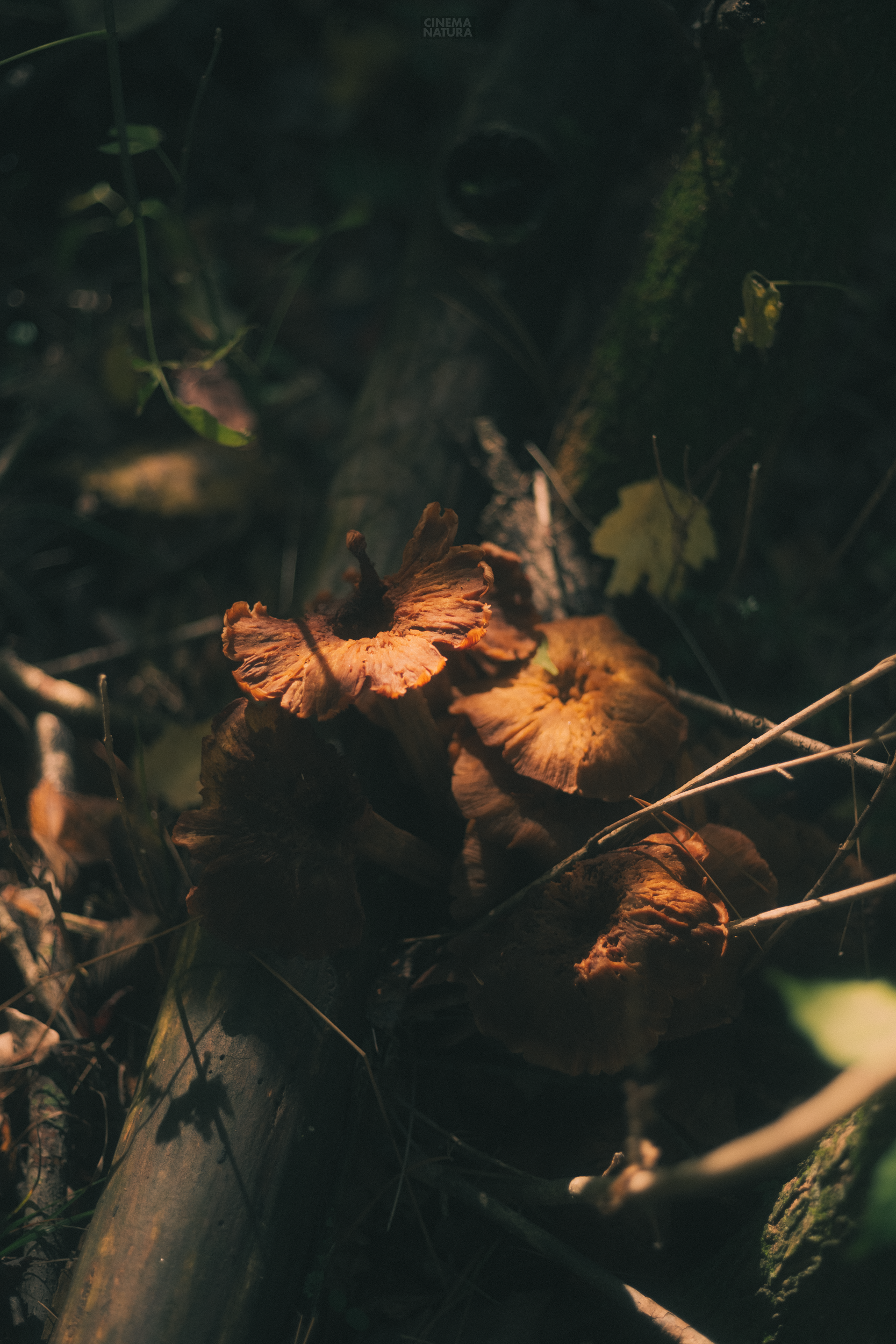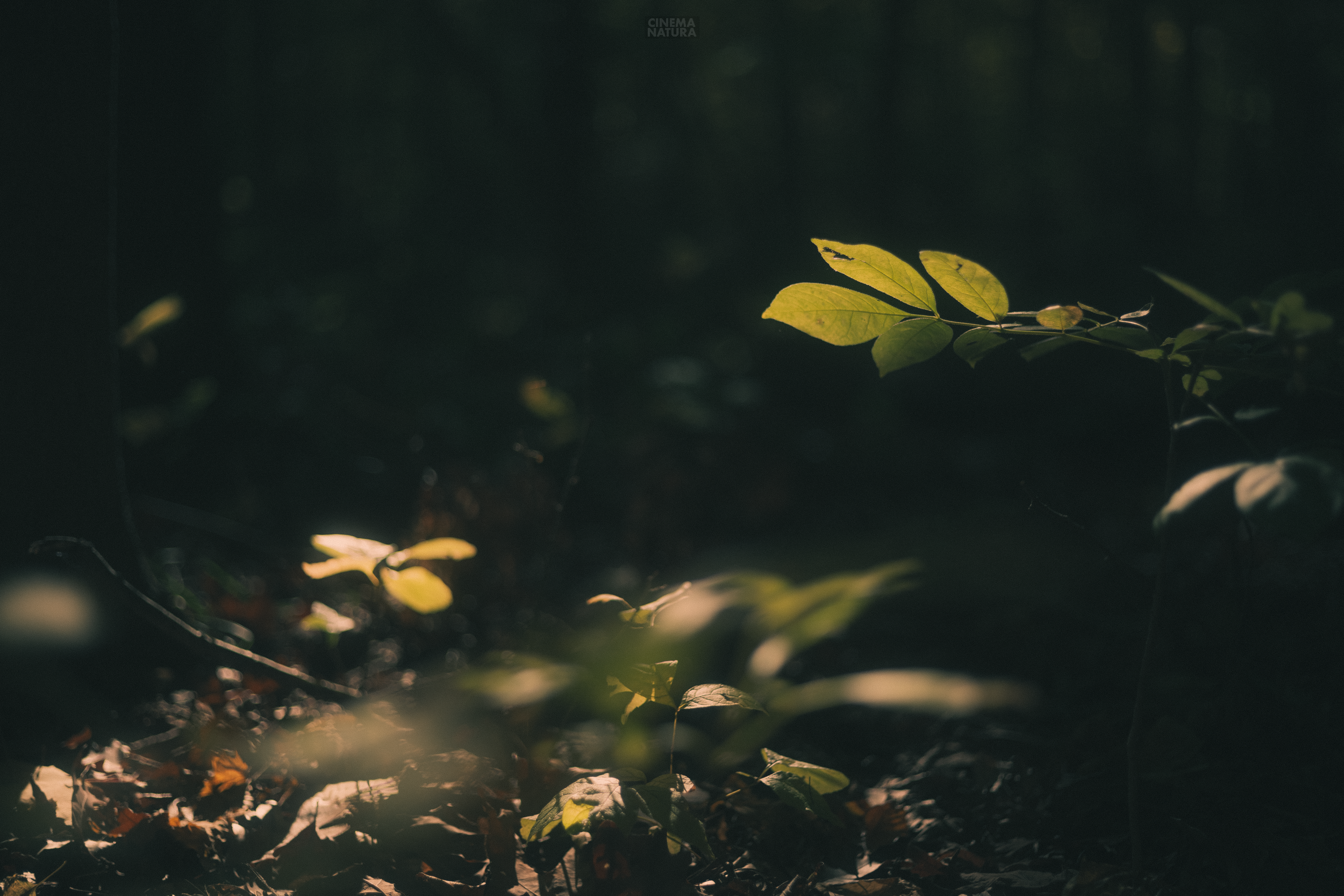The Leica Summicron-R 50mm f/2 II + The Leica SL @ Ouabache State Park
Gear + Processing:
Leica SL (Typ 601)Leica Summicron-R 50mm f/2 IIUrth lens adapter - Leica R lens mount to Leica L camera mountHoya Black Mist diffusion filterProcessed in Adobe Lightroom Classic
Featured Cinematic Presets:
This was my first time to Ouabache State Park (Bluffton, Indiana, USA), although it’s been on my list for quite some time. And for good reason. It’s a big, beautiful park with a solid amount to experience. It’s best known for two things, however: an American bison exhibit and a decommissioned fire tower.
The park’s location was once home to the Miami people (Native Americans) who had villages along the Wabash River, which borders the southern part of the park. After the Miami were displaced to reservations in Kansas and Oklahoma in the 1830s and ‘40s, the area was ‘settled’ and much of it was cleared for farming.
In the 1930s, the area became the Wells County State Forest and Game Preserve. Perhaps ironically, its title as a state forest couldn’t save the area’s mature timber, and the land suffered from erosion. Groups like the Civilian Conservation Corps (CCC) and Works Progress Administration (WPA) helped to restore the area to some of its natural glory through reforestation and land management practices. In 1962, the area was designated Ouabache State Recreation Area. Finally, in 1983, it became Ouabache State Park.
It was late October when I visited Ouabache. The temperature that day was in the mid-to-low 50s. Winter was still a while off, so it felt nice and brisk at the time. The weather forecast included a mix of clouds and sun, with a chance of rain. It wound up being a beautifully sunny day without the slightest sign of rain, though. And it was midday on a Wednesday, so I practically had the trails to myself.
Autumnal colors have been rather elusive in Indiana for several years now - lasting only a week or so in late-October to mid-November - and I didn’t have much luck finding them on this day either. The trees had dropped many of their leaves, which at least gave the ground level some nice Fall coloring. The tops of the trees wouldn’t peak for another couple of weeks, though.
Fungus never fails, and my stroll through Ouabache State Park offered several varieties of fungi in countless shapes and sizes. Meanwhile, the tireless sun provided shimmering specks of light through the foliage - which the Summicron soaks in, rendering beautifully - as well as lovely shafts of light through the breaks in the trees.
After hiking the primary trail that I came for, I went to check out the fire tower and American bison exhibit.
The fire tower was run by the state as a means to pinpoint fires from a distance. Along with other fire towers miles away, they could triangulate the precise location of a forest fire. The tower was ultimately decommissioned, leaving the fire monitoring to regular citizens. The fire tower appears quite tall from the ground, but once you climb the winding stairs to the surprisingly small landing at the top, you really appreciate the vistas as you’re gasping in the brisk air. While the views were nice in person, I only ended up using one photo I took at the top (the one of the tower’s shadow on the trees).
After climbing back down - which wasn’t as exhausting, but sure sets your thighs ablaze after a long hike - I headed to the nearby American bison exhibit, which was plainly visible from the fire tower.
The American bison exhibit itself is a 20-acre trapezoid of pasture with little brooks of water. I never bothered to count, but there were maybe a dozen or so bison that I could see. All of which were just eating and standing and eating. Probably about as good as life gets for a bison, and I’m sure a lot of people would feel the same way. I walked all the way around the exhibit, which took much longer than I expected it to, but I didn’t mind. This is where I saw the most people of the day, including a family whose son was so excited about the bison that he climbed to the top of the enclosure fence. I get it, buddy.
As for the gear, the Leica SL and Summicron-R 50mm f/2 II are an all-around amazing combination. The Summicron is small and light enough to barely be noticeable on the SL’s sturdy body.
The duo offer enough weight to be stable, which helps when precisely focusing on minute details at or near the Summicron’s minimum focus distance. The Summicron’s perfect focus ring - with its long throw and dreamy drag - helps a lot in this regard, too. As I mention in the Summicron’s lens article, though, the minimum focus distance isn’t as close as I would like, and I consider it to be the Achilles’ heel of the lens. This is more of an issue on the 35mm format Leica SL than on the APS-C Fujifilm X-Pro3.
The Summicron’s 50mm focal length - 52.5mm, to be exact - has a horizontal angle-of-view of 37.8° on the 35mm format, which makes the Summicron a ‘standard’ lens on the Leica SL. Like most photographers, I find the 50mm focal length to feel very natural and easy to get along with. It’s easy to survey a scene and imagine what would fit in the frame.
On the whole, it was a wonderful day of shooting in the woods with a truly excellent lens.
I edited the photos in Adobe Lightroom Classic. “Ouabache” and “Rust” are sold in packs that include both an Adobe Preset AND an Adobe Profile. Use whichever one better suits your workflow, or use them both for a more heavily processed look. The presets and profiles are compatible with Adobe Lightroom Classic, Adobe Lightroom (CC), Adobe Lightroom Mobile, Adobe Photoshop, and Adobe Camera Raw. “Ouabache” and “Rust” are compatible with any camera.
Aside from what’s inside the presets, I’ve only made minor exposure adjustments to each individual photo. I did not add any vignetting in post, so any vignetting you see is natural from the lens. I also didn’t make any contrast adjustments, so that you can see how these Adobe Profiles respond to different lighting conditions and contrast ratios.
In creating the color look - which I’ve titled “Ouabache” - I prioritized bringing out every bit of Fall color in the scene while allowing the greens and blues to act as deep, strong complements.
The monochrome profile - simply titled “Rust” - conveys the warmth in the light of the Fall season while hinting at the cool darkness to come in the Winter months.
Thank you for reading.
GALLERY.
Note: If you’re viewing this on mobile, Mozilla Firefox is the only mobile browser I’ve found that doesn’t heavily compress images and distort colors.
























































